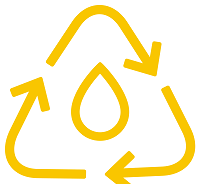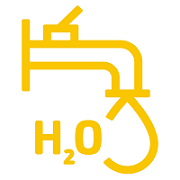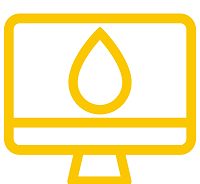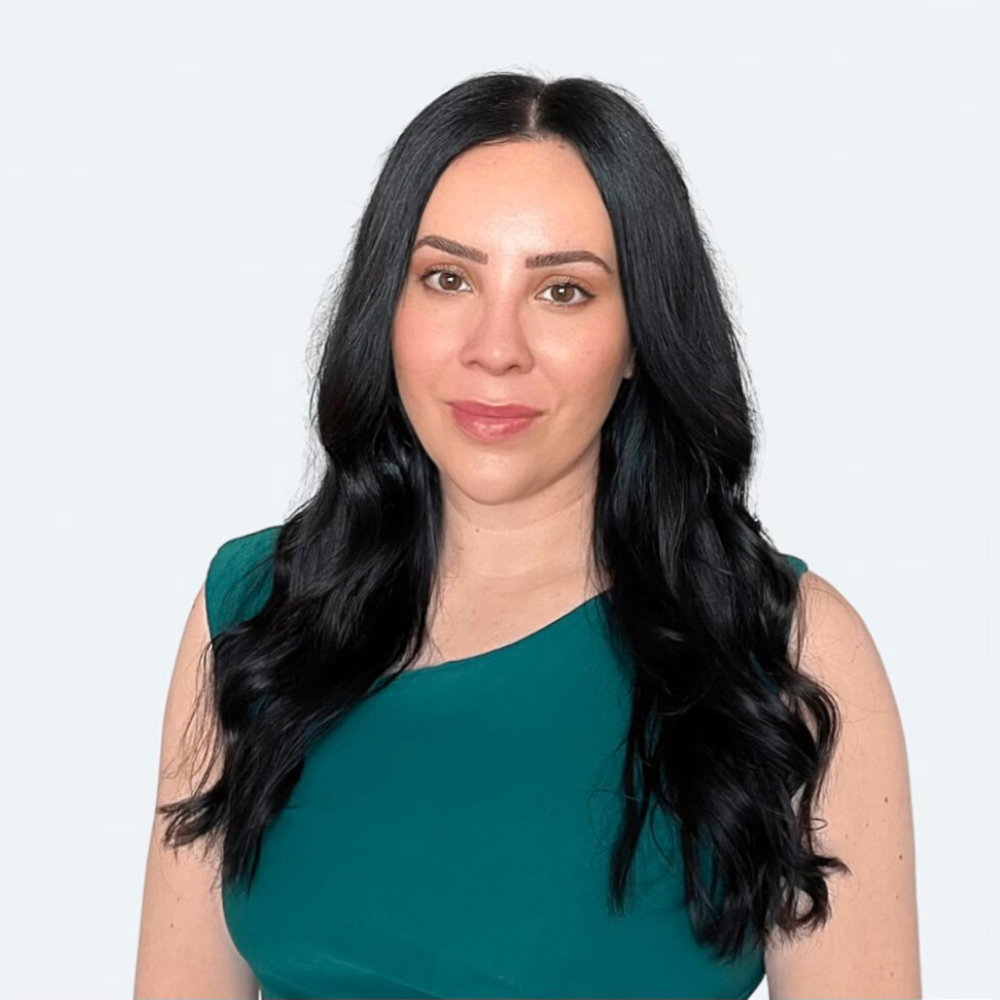There is no better way of dealing with challenges than to prepare for them. Cadagua is carrying out several innovationprojects, some of them with MIT, to anticipate the challenges set by water management.

DEPURACIÓN DE AGUAS RESIDUALES
Los proyectos que Cadagua desarrolla en este ámbito están orientados a reducir la huella de carbono y la cantidad los lodos generados durante el proceso de depuración e investigar las posibilidades de que sean utilizados para la creación de energía o con fines agrícolas.
LIFE-DRY4GAS
Este ambicioso proyecto cuenta con financiación del programa LIFE, instrumento financiero de la Comisión Europea para promover la defensa del medio ambiente y la conservación de la naturaleza. Pretende demostrar la viabilidad de combinar la tecnología de secado solar de fangos con el proceso de gasificación térmica. El gas producido se utilizará para generar energía eléctrica y térmica en un Ciclo Rankine. Finalmente se probará el aprovechamiento del residuo inerte en la agricultura como material estructurante.
AnMBR
Analiza la viabilidad de combinar el tratamiento anaerobio en un reactor UASB (Upflow Anaerobic Sludge Blanket) y membranas de Ultrafiltración UF para depurar aguas residuales municipales. Estos tratamientos son más habituales en aguas industriales y su implantación en aguas municipales conllevaría una drástica reducción tanto de los fangos generados como del consumo energético de las depuradoras.

POTABILIZACIÓN Y DESALACIÓN
La detección y eliminación de contaminantes emergentes, susceptibles de formar parte de futuras legislaciones europeas, y la optimización de costes, especialmente el energético, son las áreas en las que Cadagua está investigando.
PLATAFORMA EXPERIMENTAL DE DESALACIÓN DE MELILLA
Cadagua abrió estas instalaciones en 2008 con el objetivo de optimizar procesos de desalación de agua mediante ósmosis inversa. Recientemente ha enfocado sus esfuerzos en estudiar el rendimiento de membranas de nueva generación, analizando diferentes tipos de membrana y distintos fabricantes y comparándolo con las proyecciones realizadas por estos.
PLANTA PILOTO DE BOLUETA
En este proyecto, que la compañía realiza para el Consorcio de Aguas de Bilbao, se pretende demostrar la idoneidad de las aguas del rio Nervión como fuente alternativa de suministro de agua para el área metropolitana de Bilbao. Se analizarán numerosos procesos de tratamiento incluyendo algunos convencionales y avanzados, como la ultrafiltración, o diferentes combinaciones de oxidaciones avanzadas y adsorción en filtros de carbón activo. Así mismo se focalizarán los esfuerzos en la eliminación de contaminantes emergentes (fármacos, drogas de abuso, pesticidas, biocidas, etc..) y bacterias resistentes a antibióticos.

APLICACIÓN DE NUEVAS TECNOLOGÍAS
Cadagua, en colaboración con la dirección de Innovación y Digital Hub, está avanzando en aspectos como la centralización de datos, la impresión 3D el uso de drones o el big data, para optimizar los procesos y la toma de decisiones en sus plantas de tratamiento y desaladoras.
FERROAQUA
Normalmente la gestión de la información de las plantas se realiza habitualmente de forma manual e independiente en cada planta. El objetivo general de la plataforma Ferroaqua, desarrollada por Cadagua en colaboración Ferrovial, es centralizar la información de las distintas plantas de tratamiento que gestiona la filial de agua de Ferrovial Agroman. Esta plataforma permite optimizar la gestión de las instalaciones en tiempo real y el cálculo , tanto de indicadores contractuales, como de negocio. Lo innovador de esta plataforma es poder introducir en esta plataforma datos manuales de la gestión diaria de la explotación (residuos, analíticas…) y señales automáticas de SCADA y/o PLC. Con toda la información de esta plataforma se obtienen informes ad-hoc contractuales y que facilitan toma de decisiones. Actualmente está funcionando en la planta desalinizadora de Valdelentisco y las estaciones depuradoras de aguas residuales de San Pedro del Pinatar y San Javier.
IMPRESIÓN 3D
Cadagua, junto con la Dirección de Innovación de Ferrovial y MTC, han realizado una prueba para aplicar esta tecnología en la fabricación de una TE para sondas de medida con rosca, una pieza que se emplea en plantas desalinizadoras. Esta pieza generalmente se diseña a medida y se compone de varios elementos que hay que unir. La impresión 3D permite fabricar la pieza entera, incluida la rosca. La pieza se está testando en la desaladora de Melilla.
DRONES
Cadagua, en colaboración con la Dirección de Innovación de Ferrovial y el Digital Hub, está elaborando un mapa de olores en una de sus estaciones depuradoras de agua a partir de datos recabados con sensores de sulfhídrico y amoniaco incorporados en un dron. Actualmente las mediciones de estos gases se realizan con frecuencias bajas, en puntos limitados y con un alto coste de tiempo.
INTELIGENCIA ARTIFICIAL Y BIG DATA
La aplicación de inteligencia artificial y big data permite predecir comportamientos futuros y adaptar los procesos con antelación. Cadagua está aplicando estas innovaciones en un proyecto para predecir el volumen de agua que deberá producir una desalinizadora a corto y largo plazo para responder a las necesidades de la población, tanto de consumo humano como para regadío.
MAREAS ROJAS
Las mareas rojas son proliferaciones de microalgas que, en el caso de las plantas desalinizadoras, pueden conllevar importantes problemas de operación incluso la paralización de toda la instalación. Cadagua, Ferrovial y el Instituto Tecnológico de Galicia están desarrollando un sistema de alerta temprana de fitoplancton en la toma de agua de las plantas desaladoras con el fin de detectar con antelación suficiente y con una fiabilidad superior al 90% estas mareas.

ACUERDOS CON EL MIT
En 2011, Ferrovial firmó un acuerdo de colaboración con el Massachusetts Institute of Technology para apoyar proyectos de investigación dirigidos a la transformación urbana y desarrollar las infraestructuras del futuro. Dentro del acuerdo, que fue renovado en 2016, Cadagua ha participado en diversos proyectos de investigación.
HUELLA DE CARBONO
La evaluación de la huella de carbono fue uno de los primeros retos que abordaron conjuntamente Cadagua y el MIT. Desarrollaron un proyecto orientado a valorar la huella de carbono real de una estación de aguas residuales, en el que identificaron los mecanismos que generaban gases de efecto invernadero y el impacto de esas emisiones en el medio ambiente. Con esta información se puede evaluar la sostenibilidad de las diversas opciones que se pueden plantear en el diseño de una planta de tratamiento.
RECUPERACIÓN Y VALORIZACIÓN DE LA SALMUERA
Basándose en el concepto de economía circular, Cadagua y el MIT han analizado la viabilidad técnica y económica de obtener a partir de la salmuera productos que puedan ser empleados en la operación de las plantas desalinizadoras, como, por ejemplo, hidróxido sódico.






